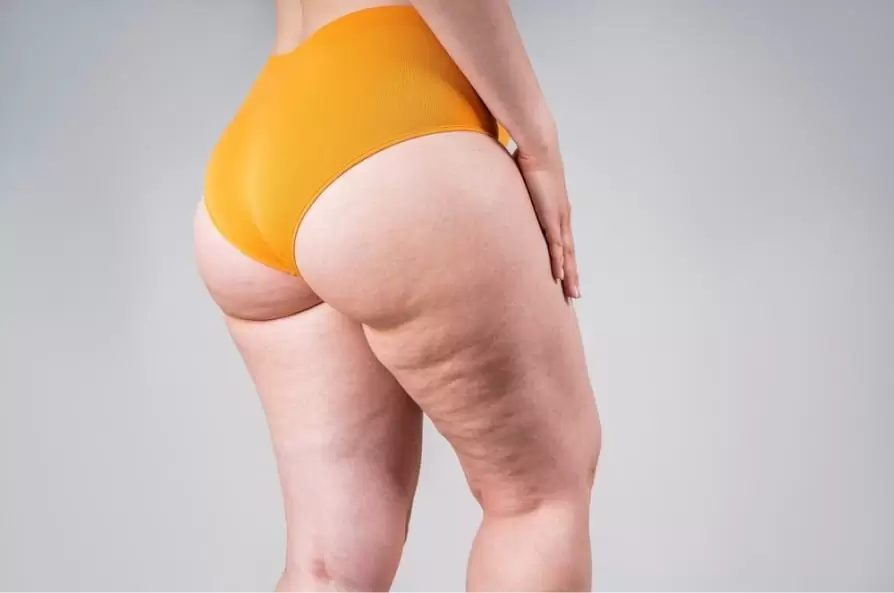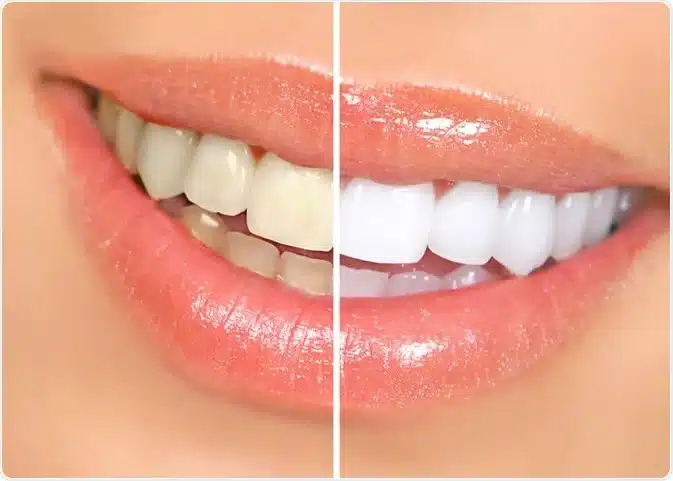Understanding BBL Longevity
Proper Care
BBL results from the cosmetic surgery procedure for buttock augmentation can last up to 10 years with proper care, preventing long-term complications. Patients should maintain a stable weight. Avoid significant weight fluctuations. This helps in preserving the transferred fat cells.
Regular exercise is essential. It keeps the muscles toned and supports skin elasticity. A balanced diet rich in vitamins and minerals also contributes to long-lasting results.
Healthy Lifestyle
A healthy lifestyle is vital for BBL longevity. Smoking negatively impacts blood circulation. This can affect the survival of fat cells. Quitting smoking enhances the results’ durability.
Hydration is important. Drinking enough water keeps the skin hydrated and elastic. This supports the overall appearance of the buttocks.
Natural Aging
Natural aging processes affect BBL results over time. Loss of skin elasticity is a major factor. As we age, the skin loses collagen and elastin. This can cause sagging and changes in shape.
Gravity also plays a role. Over time, it pulls down on the skin and tissues, resulting in a sagging butt. This can alter the initial outcome of the surgery.
Reputable Surgeon
Choosing a reputable surgeon is crucial for long-lasting BBL outcomes and butt result for years. A skilled surgeon ensures proper fat placement and survival. They use advanced techniques to maximize results.
Check credentials and reviews before selecting a surgeon. Ensure they have experience in performing BBL procedures. This reduces risks and increases the chances of satisfying results.
Regular Follow-Ups
Regular follow-ups with your surgeon are important. They monitor your progress and address any concerns. These check-ups help in maintaining the desired outcome.
Factors Influencing BBL Results
Lifestyle Choices
Diet and exercise play a crucial role in the durability of BBL results, especially for the butt. A balanced diet helps maintain a stable weight, which is essential for long-term results. Eating nutrient-rich foods supports overall health and skin elasticity, resulting in a healthier butt.
Regular exercise also impacts BBL outcomes. Cardiovascular activities result in keeping the body fit without targeting fat loss specifically from the buttocks. Strength training can enhance muscle tone around the buttocks, resulting in a lifted appearance.
Post-Operative Care
Following post-operative care instructions is vital for maintaining the desired buttock shape and result. Surgeons provide specific guidelines to ensure proper healing and optimal results. These result include avoiding sitting directly on the buttocks for several weeks.
Wearing compression garments as instructed can reduce swelling and support tissue adjustment, resulting in a better fit around the butt. Proper hygiene practices prevent infections that could compromise the results.
Weight Fluctuations
Significant weight fluctuations affect the permanence of BBL results. Gaining or losing a large amount of weight can result in altered fat distribution in the body, including the buttocks. This can lead to changes in shape and volume.
Maintaining a stable weight after surgery is crucial. Consistent weight helps preserve the initial results achieved through the procedure.
BBL Progression Over Time
Aging Effects
Over ten years, the appearance of a Brazilian Butt Lift (BBL) will result in change. Natural aging and gravity play significant roles in this transformation result. Skin loses elasticity as we age, which can result in sagging. This can affect the lifted look achieved by the BBL procedure.
Fat cells transferred during BBL may also shrink over time. This can result in a less pronounced shape compared to the initial results. Regular exercise and a balanced diet can help maintain muscle tone and skin health, which supports long-term aesthetics.
Fat Redistribution
A common concern post-BBL is fat redistribution. After BBL surgery, some fat cells might not survive the transfer process. Typically, around 60-80% of the transferred fat remains permanent. However, weight fluctuations can impact these cells.
Gaining weight after a BBL can cause remaining fat cells to expand. Losing weight may lead to volume reduction in the buttocks. Maintaining a stable weight is crucial for preserving bbl results.
Post-Pregnancy Changes
Pregnancies after a BBL can affect the long-term outcome of the surgery. Hormonal changes during pregnancy often lead to weight gain and fat storage changes. This can alter the initial BBL surgery results.
Post-pregnancy, many women experience changes in body composition. The skin and muscles may stretch, impacting the buttocks’ shape. It’s essential to discuss potential pregnancies with your surgeon before undergoing a BBL.
Maintenance Tips
To ensure lasting BBL results, consider these maintenance tips:
- Stay active with regular exercise.
- Follow a healthy diet to maintain a stable weight.
- Avoid significant weight fluctuations.
- Consider non-surgical treatments like skin tightening procedures.
Necessity for Revision Surgery
Signs of Need
After 10 years, some may notice signs that indicate the need for revision surgery. Noticeable sagging is a common sign. The skin and tissues might lose elasticity over time. Asymmetry can also develop. One buttock might appear different from the other. These changes can affect how clothes fit and how one feels about their appearance.
Options for Revision
Several options exist for those considering revision surgery. Fat grafting is one method. This involves taking fat from other parts of the body and injecting it into the buttocks. It helps restore volume and shape. Another option is a lift procedure. This surgery removes excess skin and tightens the remaining tissue. Both methods aim to enhance or restore the original BBL results.
Full Revision Surgery
In some cases, full revision surgery may be necessary. Complications from the initial cosmetic procedure can lead to this need. For example, if there was an infection or poor healing, a complete revision might be required. Other issues like significant asymmetry or unsatisfactory results also warrant full revision surgery. Consulting with a helpline or a qualified surgeon can provide guidance on the best course of action.
Tips for Maintaining BBL Results
Exercise Routine
Regular exercise helps maintain BBL results. Focus on glute-targeted exercises. Squats, lunges, and hip thrusts are effective. Aim for at least three sessions per week. Avoid high-impact activities initially.
Walking and light cardio support overall health without stressing the buttocks. Start with low-intensity exercises post-surgery. Gradually increase intensity over time.
Dietary Guidelines
Diet plays a crucial role in maintaining BBL results. Consume a balanced diet rich in proteins, healthy fats, and vegetables. Protein supports muscle repair and growth.
Healthy fats help sustain the transferred fat cells. Include avocados, nuts, and olive oil in your diet. Stay hydrated by drinking plenty of water daily.
Avoiding Smoking and Alcohol
Avoid smoking after a BBL procedure. Smoking impairs blood flow, affecting healing and fat survival. It can lead to complications and poor results.
Limit alcohol consumption as well. Excessive drinking dehydrates the body and slows down recovery. Focus on a healthy lifestyle for optimal outcomes.

Routine Follow-Ups
Routine follow-ups with your surgeon are essential. Schedule regular appointments to monitor progress. Early detection of issues can prevent complications.
Discuss any concerns or changes with your surgeon promptly. Follow their advice for post-operative care to ensure long-lasting results.
Fat Transfer Techniques
Understanding fat transfer techniques is beneficial. Surgeons use advanced methods to enhance fat survival rates. Properly transferred fat cells integrate better into the tissue.
Ask your surgeon about the techniques they use. Knowledge of these methods helps you appreciate the care taken during your procedure.
Post-Operative Care and Lifestyle Choices
Recovery Plan
Patients must follow the surgeon’s recovery plan. This includes using compression garments. These garments help reduce swelling and support the new shape. Avoid sitting directly on the buttocks for at least two weeks. This prevents pressure on the area and helps in healing.
Lymphatic Massages
Lymphatic drainage massages are beneficial after a BBL. They help reduce swelling and improve the contour of the buttocks. Cosmetic nurses often recommend these massages. They also aid in faster recovery by promoting better circulation.
Gradual Activity Return
Returning to physical activities should be gradual. Wait until the surgeon approves any exercise or strenuous activity. This ensures full recovery and prevents complications. Rushing back into activities can harm the surgical outcomes.
Healthy Diet
A healthy diet is crucial during recovery. It supports healing and maintains results. Include plenty of fruits, vegetables, lean proteins, and whole grains. Avoid processed foods and sugary snacks. Staying hydrated is equally important.
Preventable Complications
Following aftercare instructions prevents most complications. Patients should avoid smoking and alcohol as they can hinder healing. Keep the surgical area clean to prevent infections. Report any unusual symptoms to your healthcare provider immediately.
Ageing Concerns
Over time, natural changes like ageing can affect BBL results. Maintaining a healthy lifestyle helps prolong the effects. Regular exercise and a balanced diet are key components.
Recognizing the Need for Surgical Updates
Shape Changes
Over time, the shape of the buttocks can change. This is due to factors like aging, weight fluctuations, and gravity. Volume loss may occur, making the buttocks appear less full than after the original surgery.
Patients might notice sagging skin or a less defined contour. Photos from different stages can help track these changes. Regularly comparing these photos with post-surgery ones can highlight any significant differences.
Psychological Indicators
Psychological indicators are also crucial. Some individuals may feel dissatisfied with their appearance over time. This dissatisfaction can stem from the natural aging process or personal preferences changing.
Feeling self-conscious or unhappy about one’s look can impact mental health. A consultation with a specialist can help address these concerns and explore options for improving cosmetic results.
Physical Indicators
Physical signs are another reason for considering updates. These include discomfort or pain in the buttock area. Skin irregularities or uneven grafts might also be noticeable.
If any of these symptoms arise, it’s important to schedule appointments with an expert. They can assess whether additional procedures are necessary to correct these issues.
Consulting a Surgeon
Consulting with a plastic surgeon is vital when thinking about updates. An experienced surgeon will evaluate the current condition and discuss potential changes.
During the consultation, patients should share their goals and expectations. The surgeon will examine the skin, check for volume loss, and review any previous cosmetic procedures done.
Feasibility and Timing
Evaluating feasibility and timing is essential before proceeding with any surgical updates. Surgeons will consider factors like overall health, skin elasticity, and previous surgical results.
They may suggest waiting for a specific period if recent surgeries were performed. This allows proper healing and ensures the best outcomes for any new procedures considered.
Corrective Procedures
Corrective procedures might involve further liposuction surgeries or fat grafting techniques. These methods help restore lost volume and improve shape definition.
In some cases, surgeons might recommend alternative cosmetic surgery options to achieve desired results. Each procedure comes with its own set of risks and benefits that should be discussed thoroughly.
Ensuring BBL Success in the Long Term
Stable Weight
Maintaining a stable weight is crucial. Fluctuations can affect the results of your initial BBL surgery.
Weight gain can cause the transferred fat to expand. This may lead to unevenness. Conversely, weight loss can reduce the volume in your buttocks.
Expert BBL surgeons recommend keeping your weight consistent. This helps ensure optimal results over time.
Physical Activity
Regular physical activity plays a significant role. It helps maintain muscle tone and overall body shape.
Engage in exercises that strengthen your glutes. Squats and lunges are effective options. Avoid high-impact activities initially after surgery.
Over time, incorporate cardio for overall fitness. A balanced routine supports long-term success.
Communication with Surgeon
Ongoing communication with your cosmetic surgeon is essential. They provide advice on long-term care strategies.
Schedule follow-up appointments regularly. Discuss any concerns or changes you notice. An experienced BBL surgeon can guide you through maintaining results.
Specialist BBL surgeons offer tailored advice based on your specific case. Their expertise ensures you receive the best care possible.
Realistic Expectations
Having realistic expectations is important. The aging process naturally alters the appearance of BBL results over time.
Skin elasticity decreases as we age. This affects how the fat transfer stabilizes in the buttocks. Understand that some changes are inevitable.
Discuss these expectations with your surgeon before the procedure. Knowing what to expect helps set realistic goals.
Balanced Diet
A balanced diet supports long-term success. Proper nutrition aids in maintaining a stable weight and overall health.
Include plenty of fruits, vegetables, and lean proteins in your diet. Hydration also plays a key role in skin elasticity and overall well-being.
Avoid crash diets or extreme eating habits. These can negatively impact your BBL results.
Fat Stabilization
After fat transfer surgery, it takes time for the fat to stabilize. Usually, this process occurs within six months to a year.
During this period, follow your surgeon’s guidelines closely. Avoid sitting directly on your buttocks for extended periods initially.
Once the fat stabilizes, it becomes a permanent part of your body. This means the fat stays in place unless affected by significant weight changes.
Summary
Your BBL results can last a decade or more with the right care. Factors like lifestyle choices and post-op habits play a big role. Regular check-ups and recognizing signs for revision surgery are key.
Stay proactive about your BBL maintenance. Follow our tips, consult your surgeon, and live a healthy lifestyle. Ready to get the most out of your BBL? Schedule a consultation today!
Frequently Asked Questions
How long does a BBL typically last?
A Brazilian Butt Lift (BBL) can last many years, often 10 or more. Longevity depends on lifestyle and post-operative care.
What factors affect the longevity of BBL results?
Factors include weight fluctuations, aging, and lifestyle choices. Proper post-op care and maintaining a stable weight are crucial.
Is revision surgery necessary after 10 years?
Not always. Some may need touch-ups due to aging or changes in body shape, but it’s not mandatory for everyone.
How does a BBL change over time?
Over time, some fat absorption occurs, and natural aging affects skin elasticity. Regular exercise helps maintain results.
What are the best tips for maintaining BBL results?
Maintain a healthy diet, exercise regularly, avoid significant weight changes, and follow your surgeon’s post-op care instructions.
When should you consider surgical updates for a BBL?
Consider updates if you notice significant changes in shape or volume loss over time. Consult your surgeon for personalized advice.
How can you ensure long-term success of a BBL?
Follow all post-op care guidelines, maintain a stable weight, and adopt a healthy lifestyle to maximize the longevity of your BBL results.










